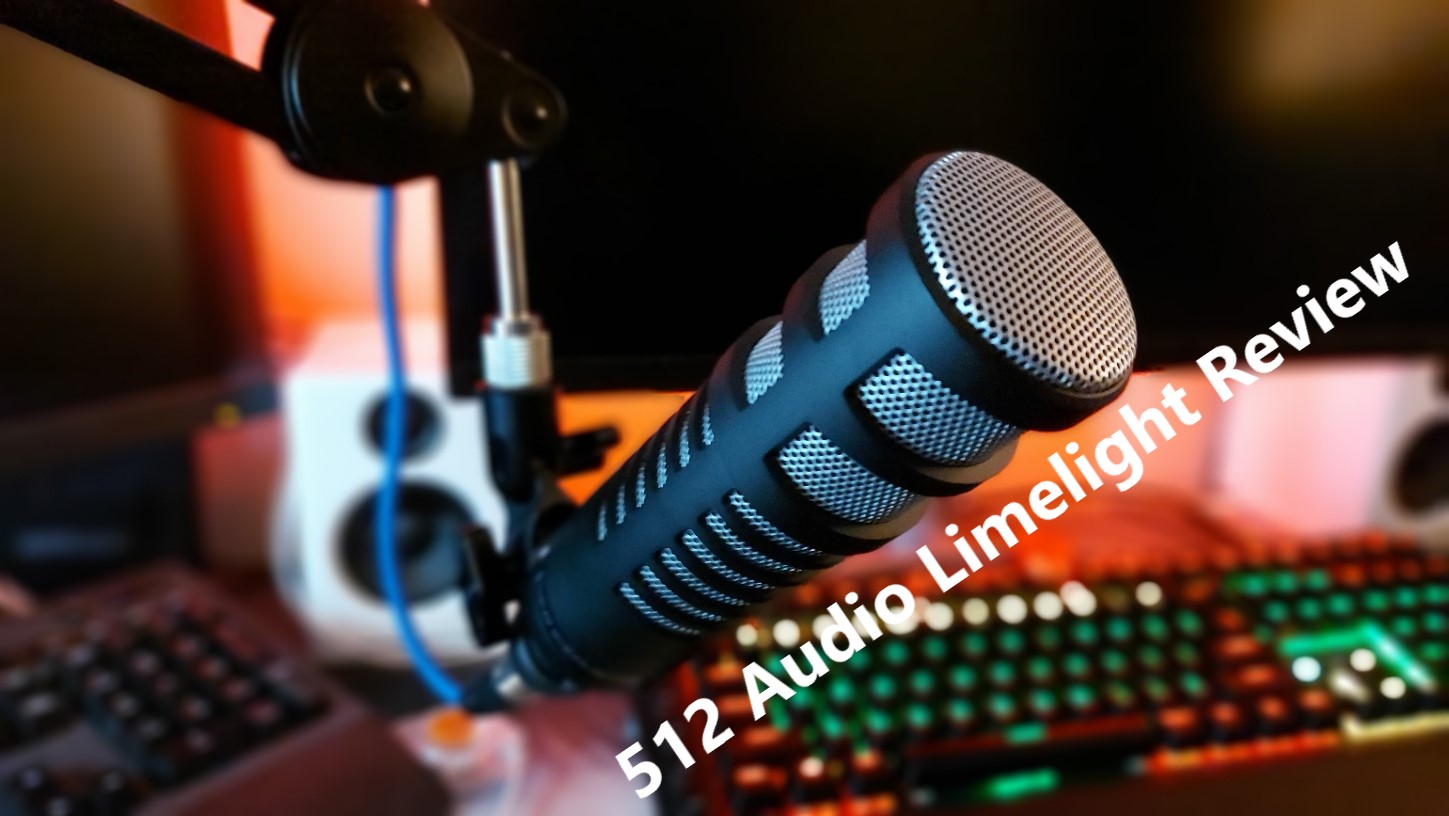The 512 Audio Limelight is a remarkably good microphone, made all the more notable by its aggressively low cost
- Manufacturer: 512 Audio
- Model: Limelight
- Type: XLR Dynamic Microphone
- Platforms: PC
- Price: £189.99 MSRP
- Reviewed on: Windows PC
- Supplied by: Manufacturer
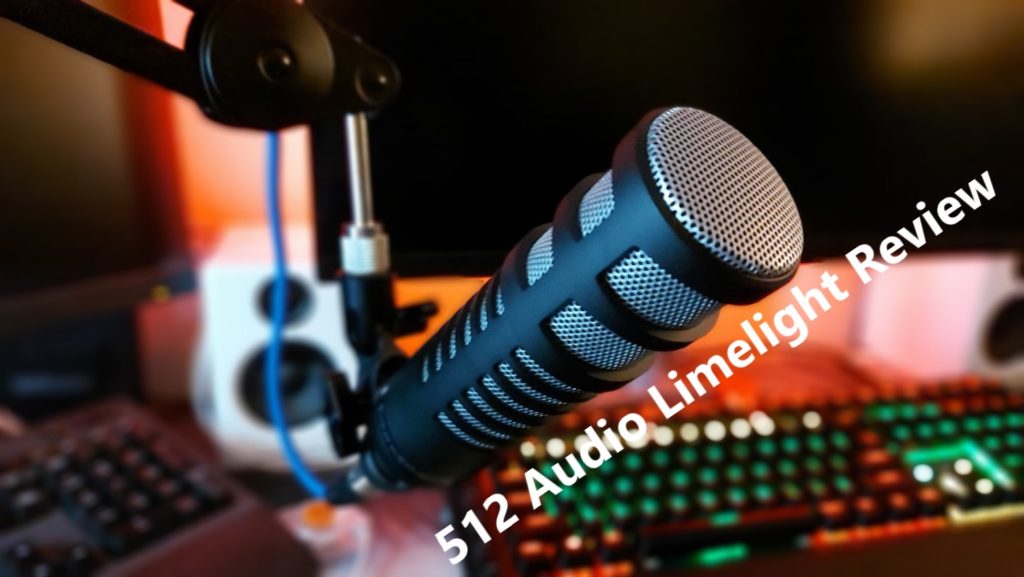
512 Audio Limelight Review
512 Audio is a new company, situated in Austin, Texas, created by Bryce Young, founder of highly-regarded manufacturer Warm Audio, which produces affordable modern reproductions of classic studio equipment. Much like Warm Audio, 512 Audio (named after the area code of their production facility in Texas) creates professional, studio-grade audio equipment with a vintage aesthetic but aimed at the burgeoning content-creator market, with pricing that makes it attainable to most consumers.
512 Audio has brought two new microphones to the market: Skylight, which has been created for recording sung audio, and Limelight, which has been designed with streamers and podcasters in mind. We’ve been testing the Limelight, and have been hugely impressed with its performance.
For streamers, podcasters or other content creators, you’re probably familiar with USB microphones such as the Blue Yeti, Thronmax Mdrill One Plus, HyperX QuadCast, Razer Seiren and many more. These are all great microphones, and the plug and play functionality of USB is likely appealing to those just starting out on their streaming journey, but if you’re looking to take your production to the next level, the 512 Audio Limelight is a superb upgrade if you’re looking for a more professional sound.
Unlike all-in-one USB mics, which often have pre-amps, filters and varied polar patterns integrated into them, the Limelight is a simple but high-quality dynamic microphone with an XLR connection. When it comes to audio quality, there’s no reason a USB mic can’t sound just as good as one with an XLR connector, of course. The main advantage of XLR microphones is that you then have more options when it comes to connectivity and upgrades.
With a USB mic, it’s generally a one-trick pony, whereas with an XLR microphone it’s possible to upgrade your audio interface or cables down the line or quickly plug into a different setup with multiple microphones. In short, investing in a high-quality XLR microphone like Limelight will give you more flexibility should you wish to branch out in your creative pursuits and will stand the test of time far better than its USB equivalent.
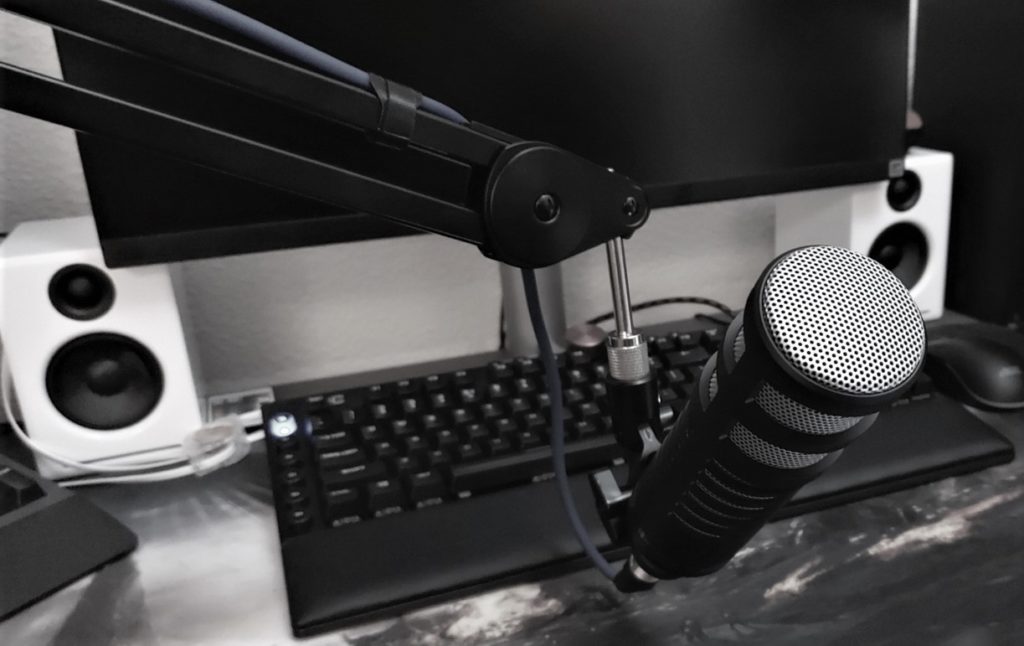
Design and build
Dynamic microphones are renowned for their durability. With its all-metal construction and hexagonal mesh, the Limelight feels extremely solid, yet still keeps the weight down to just 350g. Although we didn’t subject it to any drop tests, I’m confident the Limelight will be able to withstand minor knocks and bumps without damage. This is helped by the exceptional quality of manufacturing; There are no blemishes or misaligned elements – the Limelight looks and feels like a quality piece of hardware.
The Limelight has a classically inspired design that will bring a touch of class to your recording setup. Its appearance is instantly familiar yet still unique amongst many of the monochromatic microphones you’ll find on the market. The black on silver colourway, to my eye, looks fantastic. Branding is subtly placed near the mounting point, with a 512 logo and a plastic strip with the Limelight branding circling the end of the microphone. It’s very tasteful and very stylish.
The XLR connector is at the end of the microphone, and the high-pass filter switch is just above the connector. One slight downside is that when the microphone is attached to the included 360° swivel mount it covers the switch, so you’ll need to remove the mount to access it.
Inside the box, you will find the microphone and the swivel mount. 512 Audio hasn’t included any kind of stand with the Limelight, so you’ll need to pick up a boom arm or desk stand. There are loads on the market, of varying standards, but I’d recommend steering clear of the budget ones on Amazon. Like a good mic, it’s best to think of it as an investment that’s going to last you for years, even decades of use. Cheaper boom arms are prone to slipping over time as the tensioners weaken, or won’t be able to handle heavier microphones; Expect to pay from £60 to £100 for a decent product.

512-BBA Boom Arm
512 Audio also sent us the 512-BBA boom arm, and it’s an excellent bit of kit. It has great reach, and the mic connector can be fully rotated if you prefer the microphone pointing up towards you rather than directly in front of your face. It has an industry-standard ⅝” mount and comes with an additional ⅜” adapter if needed. Like the microphone, the 512-BBA boom arm is all metal, with sturdy internal tension springs holding it firmly in place. Useful quality of life features include integrated cable-guide channels over the hinges and the inclusion of five velcro fasteners for cable management. For around £79 the 512-BBA is a great option if you don’t already have a boom arm or stand.
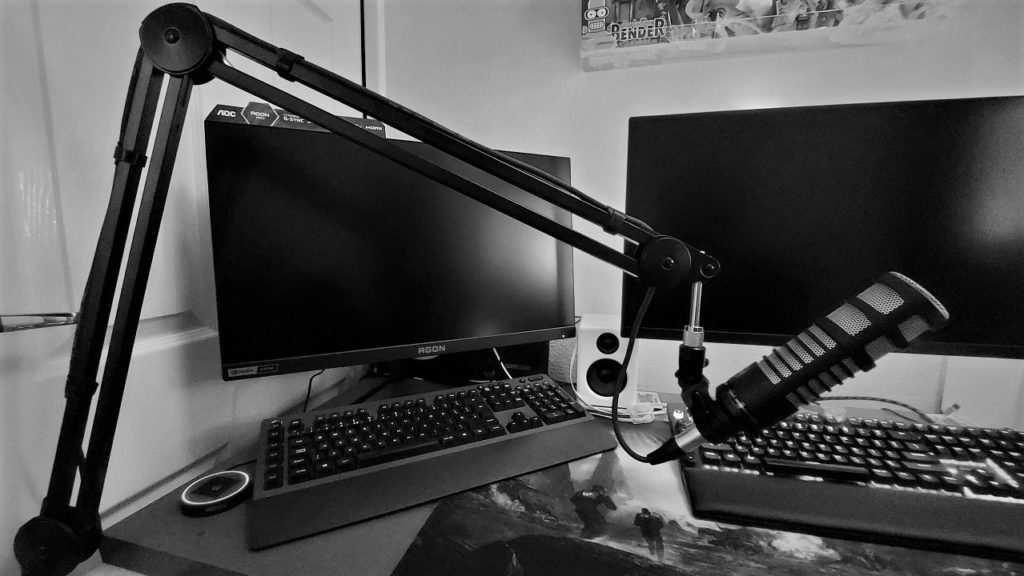
Connectivity and setup
As mentioned earlier, you’re going to need an audio interface to connect to your PC. Depending on how deep into the rabbit hole you’re willing to go, you can feasibly spend hundreds on an audio interface, but you can get by with an affordable model. Just make sure it has a decent pre-amp and enough inputs for what you need and you’re good to go.
For my testing, I picked up a Behringer UMC22, which is well-rated and cost just £34 from Amazon. Additionally, you’ll need to pick up an XLR cable, as you don’t get one included. Again, you can spend a small fortune on cables but affordable ones can still be very capable – I had great results with the Stagg SMC3 XLR cable, which was £5.99 from Amazon.
Beyond this, any connectivity, ease of use and audio enhancements will be carried out by your computer or audio interface, so it’s worth doing your research before pulling the trigger on any purchases.

Limelight – Audio quality
The 512 Audio Limelight is a dynamic capsule microphone with a hyper-cardioid polar pattern. This gives it a narrow pickup field that helps eliminate unwanted sound from around you. It’s designed to be used at a range of 6-8 inches from your mouth, and is an end-address microphone, meaning you speak directly into the end of it. In use, I found the Limelight does an excellent job of eliminating unwanted sounds from around you, such as passing vehicles or over-excited children playing in another room.
The integrated pop filter worked brilliantly at eliminating plosives, however, I usually position my microphones slightly off-axis, either underneath or to one side of my mouth. When I was testing out the proximity effect speaking directly into the end of the mic and doing my best (worst) impression of a late-night FM radio show host, it couldn’t quite remove all of the unwanted frequencies. Flipping on the high-pass filter helped here, but removed too much of the lower end that makes the audio profile sound so good. An additional external pop filter would help here, but it’s worth checking how it sounds to you first as it may not be necessary.
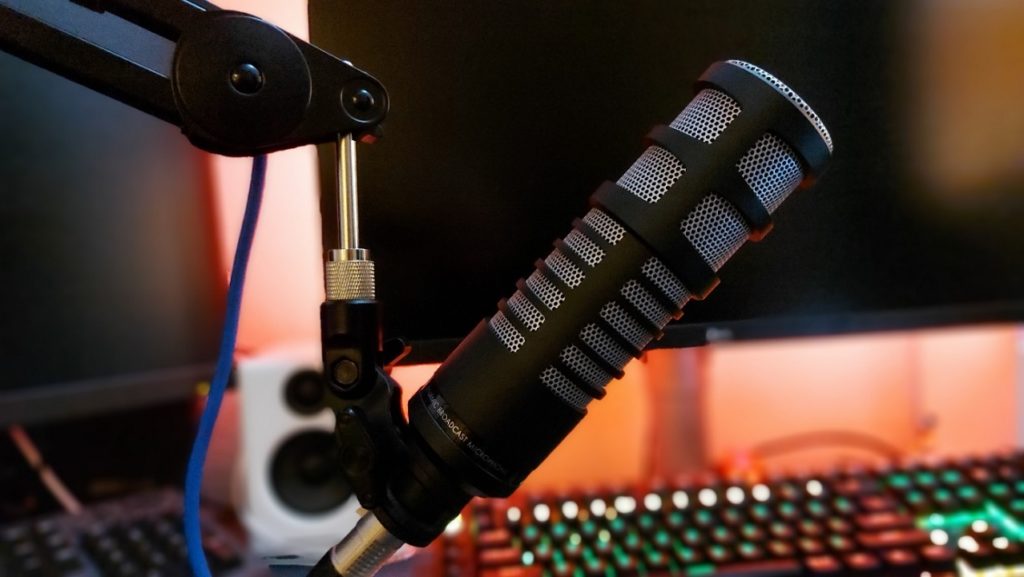
Vocal audio tune
512 Audio has tuned the pickup of the Limelight specifically for spoken audio, rather than trying to make it a jack of all trades. Their goal was to create a microphone with a perfectly balanced sound, so creators can simply plug it in and go without having to spend ages setting up before recording or fixing the sound in post-production, and this focus has paid dividends. The quality of recorded vocals is superb, and voices come through rich and clear.
I was especially impressed with how well the Limelight performs without any audio enhancements. On many microphones, I need to tweak the frequencies to give the audio that deep well-rounded sound, but with the Limelight I found it has a fantastically full broadcaster-like sound profile. It has a frequency response of 50Hz to 15kHz, which is perfectly fine for the vast majority of people’s voices.
If you are recording a podcast or making a piece to camera, then the Limelight is superb and will need little or no enhancements to sound its best. For those wanting to use it while gaming, though, I’d recommend picking up a shock mount and you’ll likely need to use software to eliminate any unwanted noise and fine-tune your vocal audio.
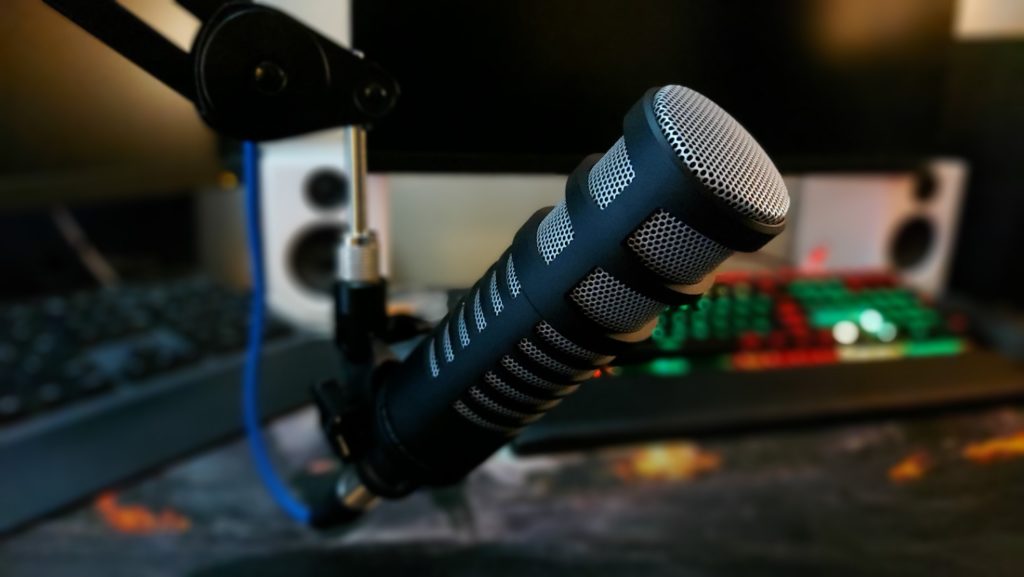
Sensitivity and pickup
With an output level of -56dBV, this is quite a low sensitivity microphone, which is why you need a decent pre-amp. The Limelight is, however, very sensitive to more localised sounds. It quite clearly picked up the keystrokes of my mechanical keyboard and clicks of my mouse, as well as registering sounds when I repositioned the microphone. By lowering the gain levels I managed to eliminate a lot of the background noise without adversely affecting the sound quality, but the volume of the recorded voice was quite low and needed boosting in post.
At the optimal range of <8”, I was impressed by the way the Limelight handles variations in volume. If you’re prone to getting, shall we say, over-animated during your streams or podcasts, you’ll be happy to know the Limelight can easily handle loud outbursts, with an SPL of 138dB before any distortion is introduced. Conversely, if you like to lower your voice and speak closely into the microphone, you can get that soothing ASMR-style proximity effect.
Although the Limelight is designed to be used at close range, I had great results using the microphone from as far back as 3ft away. This is very handy for those moments when you aren’t recording and just want to kick back in your chair and chat with friends. At this range, the acoustics of the room usually come into play, especially as my office isn’t very well optimised to remove any unwanted sound. Despite this, the narrow pickup field did an exceptional job at eliminating unwanted echo and reverb. At a distance, I noticed my voice didn’t sound quite as well-rounded compared to being directly in front of the mic, but it was still far superior to my regular headset microphones.
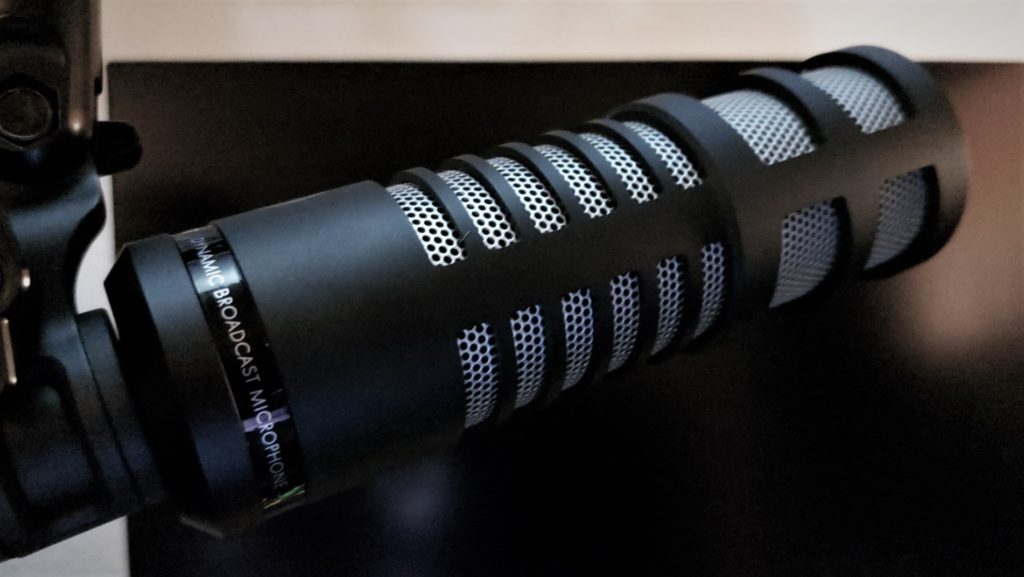
High-pass filter
The integrated high-pass filter eliminates frequencies below 100Hz, and it does so very effectively. If you’re live-streaming games and communicating with your team, you won’t always want your voice to be so deep, so being able to eliminate those lower frequencies can be helpful. Similarly, you may want to record your audio with a more restrained audio profile and make adjustments in production, so it’s good to have this option.
Where it is likely to have the biggest advantage is for less technically minded creators, who don’t want to have to worry about setting up high-pass or low-cut filters, or dynamic frequency ramps. Using the integrated filter can help remove plosives, and it also does a good job of eliminating more ambient sound such as from keyboards or when you make adjustments to the microphone’s positioning.
For my preferences, though, I’d much rather record the full range of voice and make any adjustments in post if needed. It really isn’t likely to be necessary, though. 512 Audio has done such a fantastic job of creating a colourful, broadcast-quality sound profile straight out of the box. You don’t need a degree in sound engineering to fully optimise your sound – the Limelight is ready to roll and perfect for creators who just want to get on with producing their content.
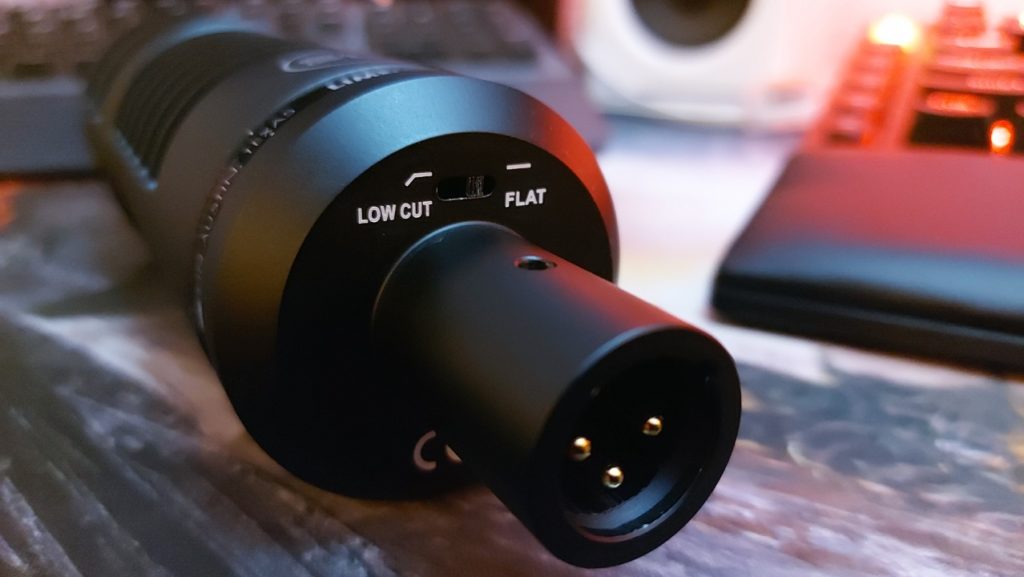
Price and availability
Released in August 2021, the Limelight launched at £189.99 MSRP but can be found for as low as £135 on eBay. Even at MSRP, the 512 Audio Limelight is a sensational bargain. It may sound expensive if you’re used to the pricing of budget USB microphones, especially when you factor in the purchase of an audio interface, cables and stand, but the Limelight can be more fairly compared with microphones like the Electro-Voice RE20, to which it bears more than a passing resemblance. Even amongst such esteemed company the Limelight more than holds its own, and it does so at a price that is substantially lower than the competition.
Outside of content creation and gaming, I use the Limelight for all of my work calls, video chats and meetings, and have received many compliments as to how good the audio quality is. Purchasing the Limelight should be seen as a great investment, as the sound quality is superb, the design is timelessly stylish, and thanks to the durability of dynamic microphones, it’s quite possible you’d never need to buy another microphone in your lifetime.
Summary
The 512 Audio Limelight is a remarkably good microphone, made all the more notable by its aggressively low cost. For anyone looking for a simple to use microphone with a fantastically well optimised native vocal tune, the Limelight is a great choice.
It may not be my number one choice to use when game streaming, as it can pick up unwanted noise from keyboards and mouse clicks, but this can easily be negated with software enhancements and/or the high-pass filter. However, the Limelight is brilliantly well suited to podcasts, Vlogs and piece to camera use; If that’s the content you like to create, you’d be hard-pressed to find a better alternative in this price range.
